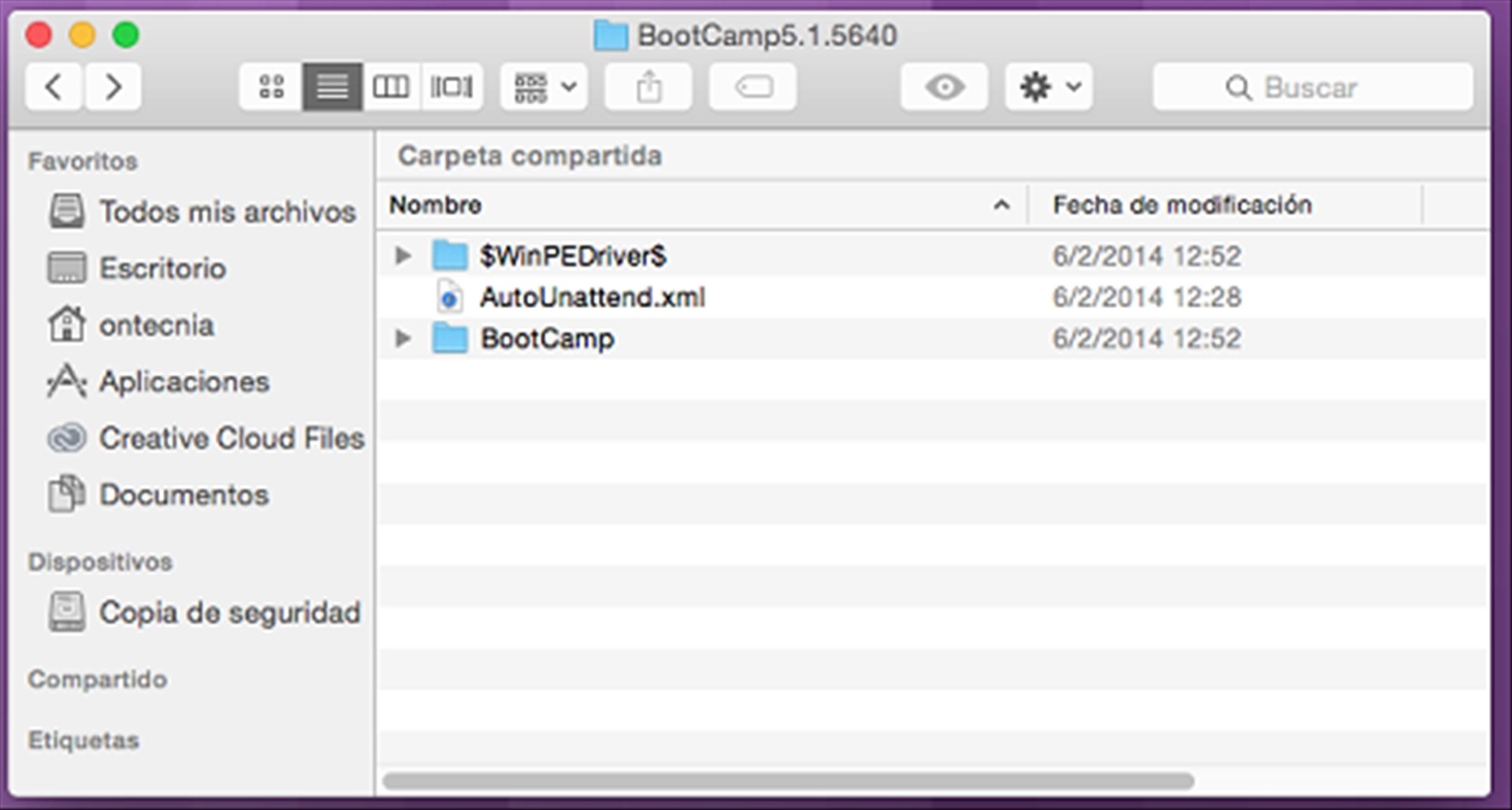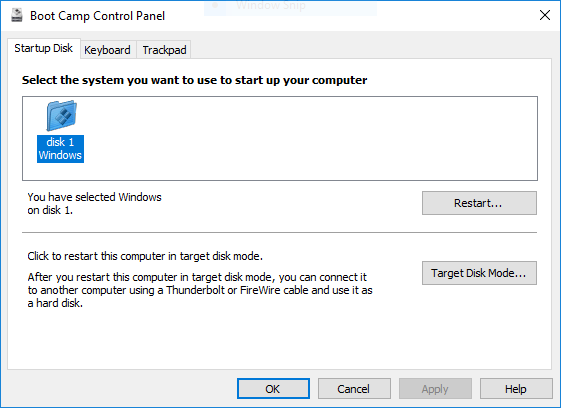
Using your Mac in a hot environment will cause it to naturally run hotter. You can combat this by opening up your Mac and giving it a good clean.Īmbient temperature can also have a big impact on your Mac’s ability to cool itself. This causes your machine to run hotter as it ages, which may also result in more audible fan noise. Over time the inside of your Mac will gather dust, and this dust hinders heat dispersion. Heat buildup can be aggravated by other factors, one of which is dust. Playing 3D games, rendering high-resolution video, producing music with a lot of different tracks, running virtual machines, and similar uses will generate a lot of heat. Putting your machine under load is the main reason you may notice it getting hot. Even the newest, most efficient Apple Silicon Macs have powerful thermal management systems inside of them, though Apple decided against putting a fan in the M1 MacBook Air. This applies to almost every component including the CPU, GPU, memory, and even internal drives. Why Does Your Mac Get Hot?Īll computers generate heat as a byproduct of normal use. This is not recommended since you may damage hardware longevity, and you’ll also cause your machine to thermally throttle which will limit its performance.

On the other side of the equation, you might find that your Mac is too noisy and may want to reduce fan speed for a quieter experience.

This can result in less aggressive fan behavior out of the box, which helps cut down on noise. MacOS can be a little conservative with fan speeds since Apple tries to strike a balance between functionality and usability. Having a more aggressive fan curve that causes the fans to spin up before reaching Apple’s preset threshold can help stave off thermal throttling. This is called “ thermal throttling” and it’s not limited to only Apple computers. Mac & Boot Camp Fan Control is a simple application in terms of offered functionality, but an important one if you're trying to achieve the perfect balance between having a well-cooled machine, and as little noise as possible coming from it.When your Mac gets too hot the fans can only do so much and performance is reduced to limit heat output. In other words, if you drop fan speeds too much, your machine might end up shutting down due to heat issues. These are relevant because if you want to avoid overheating and other serious issues, fan adjustments have to be made in accordance with the displayed data. It will display component temperatures, giving you values for CPU cores, GPU, RAM, HDD, and ODD. Now, once you've operated your desired changes, do not hesitate to also check the right, smaller pane within the program's window. Further to the right, you can choose to input a custom speed, using values between the displayed minimum and maximum rotations. The minimum, current, and maximum speeds are displayed. On the left side of the app window, you'll find the actual fans, depending on their positioning within the system. Functions and information are well separated from each other. It integrates well among other OS utilities, but it is clear that its purpose is to offer functionality and not surprise through its looks. The program itself won't really surprise you with its futuristic look.


The app was created to help users increase or decrease fan speeds and ultimately to keep an eye on component temperatures. Now, why would you want to use this app? Simply to keep track of your device's core temperatures and fan noise level. If you're a Macintosh user, be it an iMac or MacBook Pro user, and have Windows OS installed on your machine, then this app will work for you. Mac & Boot Camp Fan Control is an application that targets a very specific group of users.


 0 kommentar(er)
0 kommentar(er)
